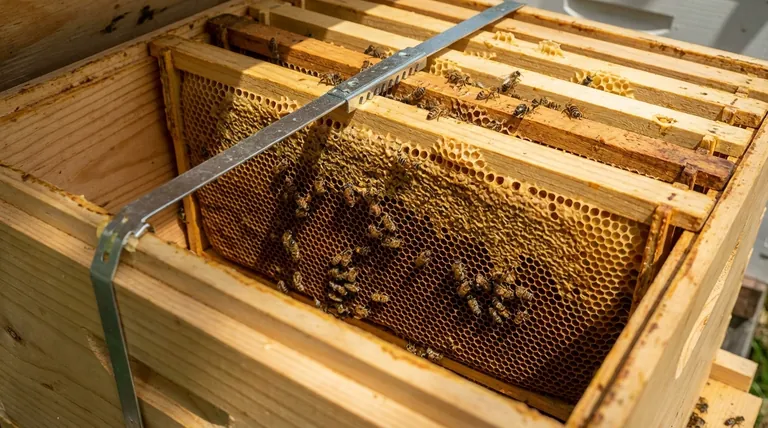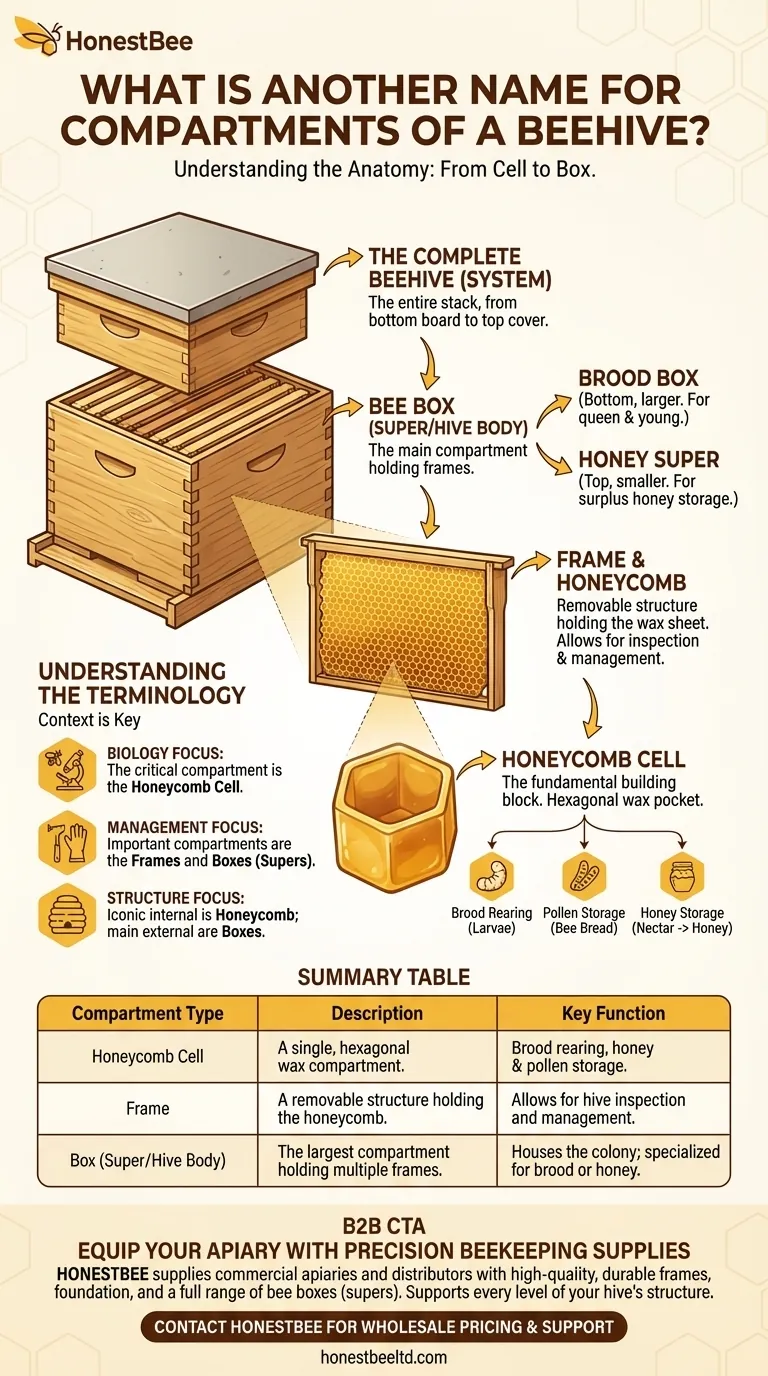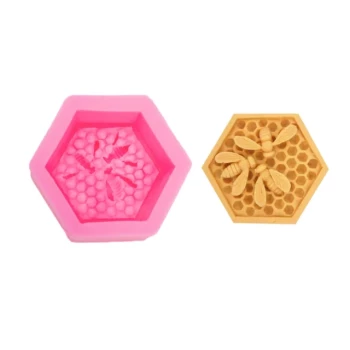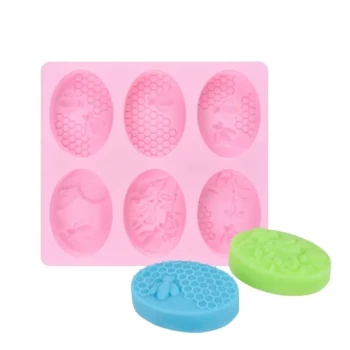Another name for the small, hexagonal compartments inside a beehive is a "honeycomb cell." These individual cells collectively form a larger structure known as the "honeycomb." While people often use "honeycomb" to refer to the entire structure, the most precise term for a single compartment is a "cell."
The core misunderstanding often lies in the scale of the terminology. A beehive is not just one thing; it is a system of nested components, from the individual cell where a single larva grows to the large boxes that contain the entire colony.

The Anatomy of a Beehive: From Cell to Box
A modern beehive is a modular system designed for the bees' productivity and the beekeeper's management. Understanding the hierarchy of these parts is key to understanding how a colony functions.
The Smallest Unit: The Honeycomb Cell
The honeycomb cell is the fundamental building block of the hive's interior. These are the hexagonal wax pockets bees create.
Contrary to some descriptions, these cells are hexagonal, not circular. The six-sided shape is a marvel of engineering, providing the maximum storage volume for the minimum amount of wax.
Cells serve multiple purposes for the colony:
- Pollen Storage: Packing pollen into cells creates "bee bread" to feed the young.
- Honey Storage: This is where nectar is deposited, dehydrated, and ripened into honey.
- Brood Rearing: The queen lays her eggs in these cells, where larvae and pupae develop.
The Larger Structure: The Honeycomb and Frame
Individual cells are built together to form a honeycomb. This is the complete wax sheet, filled with thousands of cells.
In a modern beehive, bees don't just build this comb anywhere. Beekeepers provide frames, which are typically rectangular structures made of wood or plastic.
Bees build their honeycomb within these removable frames. This innovation allows beekeepers to inspect the colony's health, check honey stores, and harvest honey without destroying the hive.
The Main Compartment: The Bee Box
The frames are housed inside the largest compartments of the hive, known as bee boxes. These are also called "supers" or "hive bodies."
A hive is typically made of a stack of these boxes. Each box holds a set number of frames (usually 8 or 10).
The boxes are specialized by function:
- Brood Box: The bottom-most, larger boxes where the queen lays eggs and the colony raises its young.
- Honey Super: The smaller, upper boxes added on top for the bees to store surplus honey.
Understanding the Terminology
It's easy to see how the terms can be confused. A "compartment" can refer to any of these levels depending on the context.
Common Pitfalls in Language
A novice might call the entire box a "compartment," while a biologist might be referring to a single cell.
The key is to recognize the scale. A cell is for one bee or one serving of honey. A frame holds a sheet of comb. A box holds a collection of frames.
This entire stack, from the bottom board to the top cover, makes up the complete beehive.
Making Sense of the Structure
To clarify the terms for your purpose, consider the context of the action.
- If your primary focus is on bee biology: The critical compartment is the honeycomb cell, where the life cycle and food storage happen.
- If your primary focus is on beekeeping management: The most important compartments are the frames and boxes (supers), as these are the units you will manipulate.
- If your primary focus is on the general structure: The honeycomb is the iconic internal structure, while the boxes are the main external compartments.
Understanding this hierarchy, from the micro-level cell to the macro-level box, is the key to truly comprehending the world inside a beehive.
Summary Table:
| Compartment Type | Description | Key Function |
|---|---|---|
| Honeycomb Cell | A single, hexagonal wax compartment. | Brood rearing, honey & pollen storage. |
| Frame | A removable structure holding the honeycomb. | Allows for hive inspection and management. |
| Box (Super/Hive Body) | The largest compartment holding multiple frames. | Houses the colony; specialized for brood or honey. |
Equip Your Apiary with Precision Beekeeping Supplies
Understanding the precise structure of a beehive is the first step toward effective colony management. The right equipment is essential for building strong, productive hives.
HONESTBEE supplies commercial apiaries and beekeeping equipment distributors with the high-quality, durable supplies needed to succeed. From durable frames and foundation to a full range of bee boxes (supers), we provide the reliable tools that support every level of your hive's structure.
Ready to build a stronger operation? Let's discuss how our wholesale-focused solutions can benefit your business.
Contact HONESTBEE today for wholesale pricing and expert support.
Visual Guide

Related Products
- Professional Galvanized Hive Strap with Secure Locking Buckle for Beekeeping
- Wholesales Dadant Size Wooden Bee Hives for Beekeeping
- Long Langstroth Style Horizontal Top Bar Hive for Wholesale
- Versatile Ratchet Hive Strap with S-Hooks for Secure Fastening
- Professional Insulated Winter Hive Wrap for Beekeeping
People Also Ask
- What are the two styles of hive straps? Choose the Right Strap for Your Hive Security
- What maintenance is required for hive straps? A Guide to Cam Buckle vs. Ratchet Strap Care
- What is the advantage of using cam buckle straps? Secure Your Load Fast with Simple, Safe Tensioning
- How should a cam buckle strap be installed for optimal performance? Master the Leverage for Maximum Tension
- How can beekeepers secure the top cover of a hive? Protect Your Colony from Wind and Weather



















